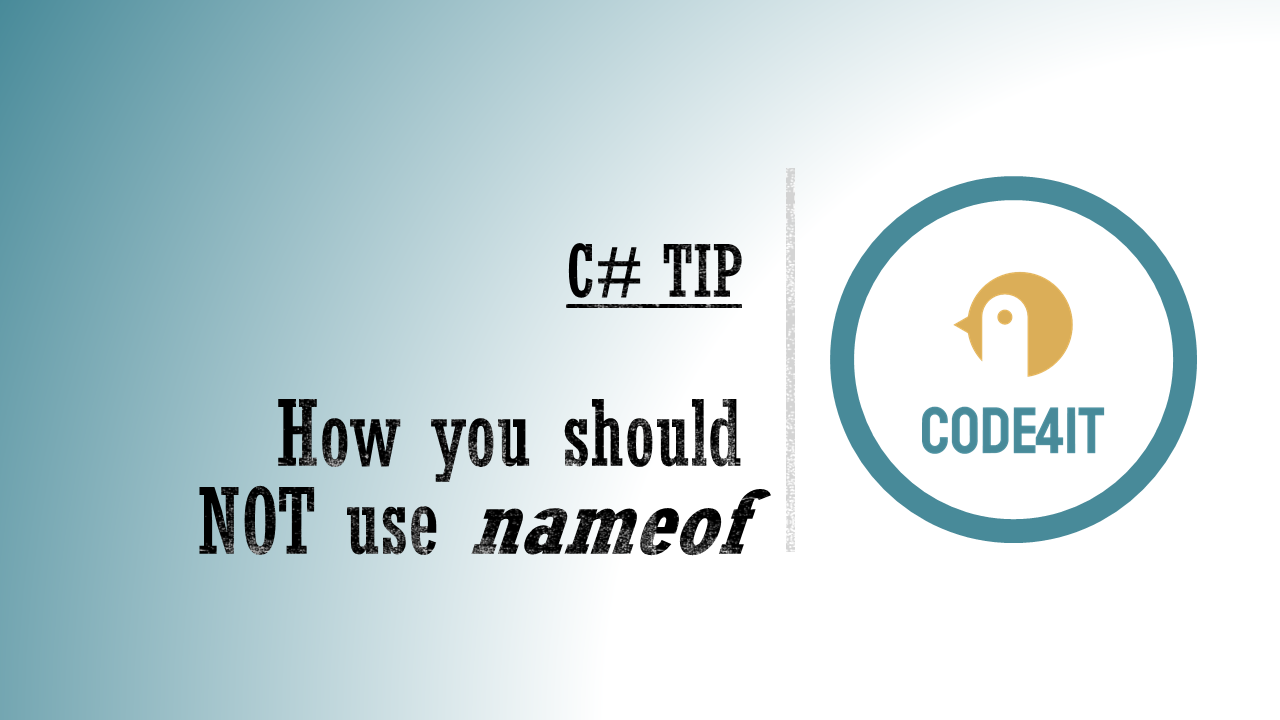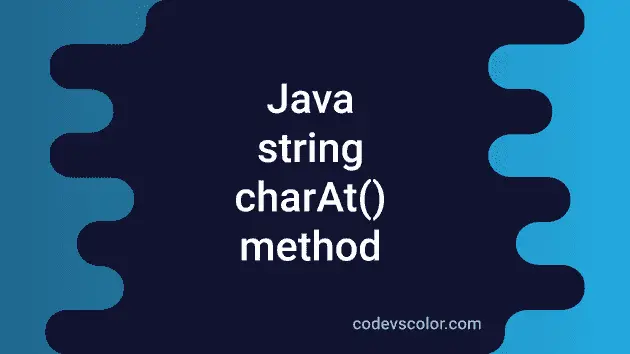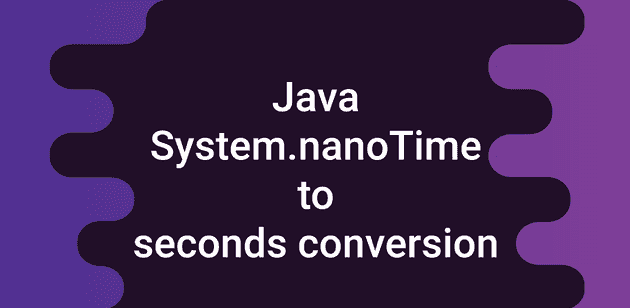LINQ, or Language-Integrated Query, is a powerful tool for developers, allowing seamless querying of collections in various .NET languages. For beginners stepping into the realm of LINQ, understanding the right methods to use is crucial for efficient data querying and manipulation. Let’s embark on a journey to demystify LINQ and choose the methods that best suit your needs.
Understanding LINQ Basics
LINQ is not just a query language; it’s a paradigm shift in how developers interact with data. By providing a consistent query syntax, LINQ simplifies the process of querying and manipulating data in a language-agnostic manner. It’s an indispensable tool in the toolkit of every .NET developer.
Choosing the Right LINQ Methods
As a beginner, navigating through the plethora of LINQ methods can be overwhelming. Let’s break down the essentials and guide you through choosing the right methods for different scenarios.
Filtering Data with Where Method
The Where method is your go-to choice for filtering data based on specific conditions. Whether you’re working with arrays, lists, or other collections, Where allows you to selectively retrieve elements that meet certain criteria. Let’s dive into some practical examples to illustrate its effectiveness.
Sorting Data with OrderBy and OrderByDescending Methods
Sorting is a common operation when working with data. The OrderBy method is employed for ascending sorting, while OrderByDescending is used for descending sorting. Understanding these methods is crucial for presenting data in a meaningful way.
Projecting Data with Select Method
The Select method is a powerhouse for transforming data. It enables you to project specific properties or perform calculations on elements, creating a customized view of your data. We’ll explore the versatility of Select through real-world examples.
Joining Data with Join Method
When working with multiple collections, the Join method facilitates the merging of data based on shared keys. This method is essential for combining information from different sources efficiently. We’ll guide you through its usage and provide insights into effective joining strategies.
Grouping Data with GroupBy Method
The GroupBy method is your tool for organizing data into logical groups. Whether you’re summarizing information or creating hierarchies, understanding how to use GroupBy is paramount. Real-world scenarios will illuminate its practical applications.
Aggregating Data with Count, Sum, Min, and Max Methods
Aggregation methods in LINQ, such as Count, Sum, Min, and Max, empower you to derive meaningful insights from your data. These methods play a crucial role in statistical analysis and summarization. We’ll explore each one with examples to solidify your understanding.
Handling NULL Values with FirstOrDefault and DefaultIfEmpty Methods
NULL values can pose challenges in queries, but LINQ provides solutions. The FirstOrDefault and DefaultIfEmpty methods help handle NULL scenarios gracefully, ensuring your queries remain robust and error-free.
Chaining LINQ Methods
Method chaining is a LINQ feature that allows you to streamline your queries by chaining multiple methods together. This approach enhances code readability and simplifies complex queries. Let’s explore the art of chaining and its practical advantages.
Error Handling with Try-Catch in LINQ Queries
No code is immune to errors, and LINQ queries are no exception. Implementing Try-Catch in LINQ queries adds a layer of robustness, ensuring your application gracefully handles unexpected situations. We’ll guide you through incorporating error-handling mechanisms.
Best Practices for LINQ Optimization
Optimizing LINQ queries is essential for maintaining application performance. We’ll share practical tips and best practices to ensure your LINQ queries are efficient and deliver results promptly.
Real-World Examples of LINQ Usage
To truly grasp the power of LINQ, let’s explore real-world examples across different domains. From database queries to in-memory collections, LINQ finds application in diverse scenarios, making it a versatile tool for developers.
Conclusion
In conclusion, LINQ is not just a set of methods; it’s a gateway to effective and expressive data manipulation. Choosing the right LINQ methods is akin to selecting the right tool for a task – it ensures efficiency and clarity in your code. As a beginner, embrace the learning journey, experiment with LINQ methods, and witness the transformation in your data querying skills.
FAQs
- Is LINQ exclusive to C#?
- No, LINQ is a language-agnostic feature available in various .NET languages, including VB.NET and F#.
- Which LINQ method is best for complex filtering?
- The
Wheremethod is ideal for complex filtering, allowing you to specify intricate conditions.
- The
- Can LINQ be used with databases other than SQL Server?
- Yes, LINQ supports various data providers, enabling seamless integration with databases like MySQL, PostgreSQL, and more.
- Is there a performance difference between LINQ and traditional loops?
- LINQ performance is generally comparable to traditional loops, and any differences are negligible. Optimize queries for readability first.
- Are there LINQ alternatives for non-.NET environments?
- While LINQ is specific to .NET, other programming languages offer similar querying capabilities, such as Java with Stream API or Python with list comprehensions.
C# Tip: DO NOT use nameof to value constants
Programming in C# involves making numerous decisions to ensure code efficiency and maintainability. One common aspect is dealing with constants,…
Can we run a Java program without the main method
Can we run a Java program without the main method? The mainly method is executed when we execute a class in…
Java program to calculate students grades in 2 different ways
Java program to calculate students grades: In this post we will learn different ways to calculate the figure from a student…
C# Tip: LINQ’s Enumerable.Range to generate a range of consecutive numbers
When you need to generate a series of numbers in ascending order, you can simply use a while loop with…
Java String charAt method explanation with examples
Java String charAt method: The signAt method of Java string is used to find a character at a given index. This…
3 Ways to Convert System.nanoTime to Seconds in Java
How to convert System.nanoTime to seconds in Java: In this post we will learn how to convert System.nanoTime Unpleasant seconds in…






